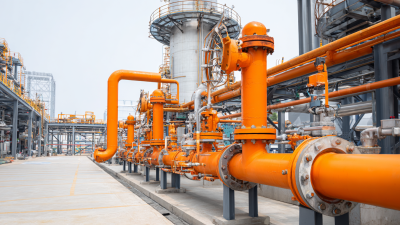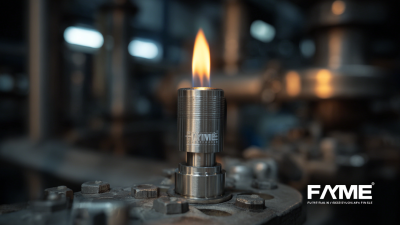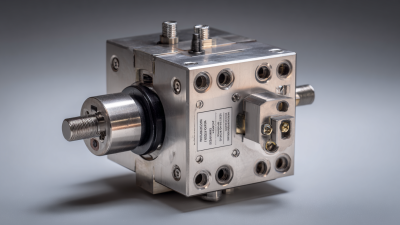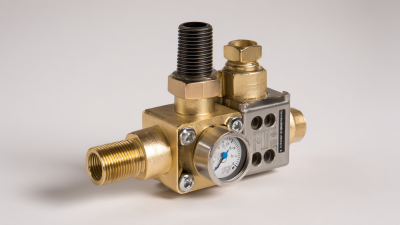Leave Your Message
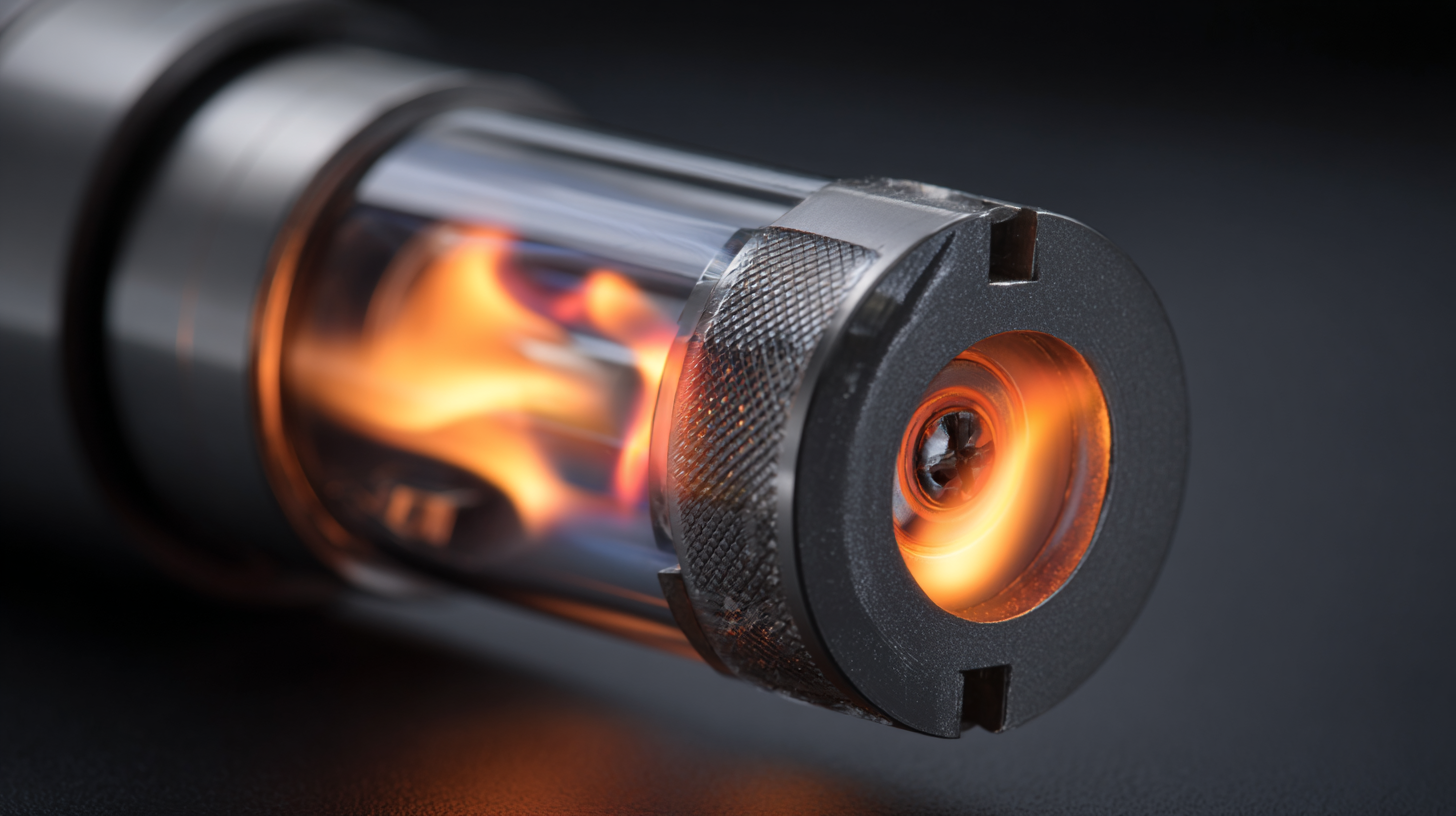 Fire safety is a critical concern for homeowners, especially in regions prone to wildfires or where homes are in close proximity to one another. According to the National Fire Protection Association (NFPA), there were approximately 1.3 million fires reported in the United States in 2020, resulting in significant property damage and loss of life. One effective way to mitigate these risks is through the installation of Fire Arrestors, which are designed to prevent the spread of flames and smoke within a building. Recent studies indicate that properly installed fire protection systems, including Fire Arrestors, can reduce fire-related injuries and fatalities by up to 50%. In this essential guide, we will explore the various types of Fire Arrestors, their benefits, and how they can enhance safety and efficiency in your home, ensuring that you are better prepared and protected against potential fire hazards.
Fire safety is a critical concern for homeowners, especially in regions prone to wildfires or where homes are in close proximity to one another. According to the National Fire Protection Association (NFPA), there were approximately 1.3 million fires reported in the United States in 2020, resulting in significant property damage and loss of life. One effective way to mitigate these risks is through the installation of Fire Arrestors, which are designed to prevent the spread of flames and smoke within a building. Recent studies indicate that properly installed fire protection systems, including Fire Arrestors, can reduce fire-related injuries and fatalities by up to 50%. In this essential guide, we will explore the various types of Fire Arrestors, their benefits, and how they can enhance safety and efficiency in your home, ensuring that you are better prepared and protected against potential fire hazards.
In today's world, ensuring the safety of our homes is of paramount importance, and fire arrestors are essential components in achieving that goal. These devices play a critical role in preventing the spread of flames and smoke, offering valuable time for residents to evacuate and allowing emergency services to respond effectively. By understanding the importance of fire arrestors in home safety, homeowners can take proactive measures to safeguard their living environments.

When considering fire arrestors, it's crucial to choose the right type for your home. Tips to enhance safety include regularly inspecting these devices to ensure they are functioning correctly, installing them in areas prone to fire hazards, such as kitchens and utility rooms, and keeping them free from obstructions. Additionally, integrating fire arrestors with other safety systems, like smoke detectors and sprinkler systems, can further improve your home's fire response capabilities.
Educating all family members about the significance of fire arrestors and creating a clear evacuation plan can enhance overall safety. Encourage everyone in the household to review the plan periodically and to know the location of fire arrestors. By taking these simple steps, you can help ensure a safer living space while maximizing the efficiency of your home's fire safety measures.
When considering fire safety in your home, understanding the different types of fire arrestors is essential. Fire arrestors, or fire barriers, come in various forms such as fire curtains, fire-rated doors, and fire-resistant glazing. According to the National Fire Protection Association (NFPA), effective fire stopping can reduce fire spreading and smoke damage by as much as 90% in some cases. This statistic emphasizes the importance of selecting the appropriate fire arrestor for your specific needs.
Choosing the right fire arrestor depends on several factors, including the design of your home and local building codes. For instance, fire-rated doors are ideal for areas with high foot traffic, effectively containing flames within allocated compartments. On the other hand, fire curtains are suitable for open spaces where they can be lowered to provide protection without obstructing views. Reports show that homes equipped with suitable fire arrestors can lower the risk of total loss from fire incidents by approximately 70%, making informed decisions critical for enhancing safety and efficiency in any residence.
Fire arrestors are critical safety devices designed to prevent the spread of fire within a structure, significantly enhancing home safety and efficiency. These systems work by utilizing a combination of barriers and fire-resistant materials that effectively contain flames and smoke. According to the National Fire Protection Association (NFPA), effective use of fire arrestors can reduce fire damage by up to 50%, thereby saving lives, minimizing property loss, and reducing recovery costs for homeowners.
When a fire ignites, the first line of defense is often the fire arrestor, which activates by sensing heat or smoke. For instance, many modern fire arrestors employ advanced technology, including smoke detectors and thermal sensors, to detect danger early and implement containment measures. The U.S. Fire Administration reports that 70% of fire-related fatalities occur in residential settings, underscoring the importance of integrating these systems in home safety planning. By installation of fire arrestors in strategic locations, such as attics, basements, and common areas, homeowners can create a protective shield that mitigates fire escalation, providing precious time for evacuation and emergency response.
| Feature | Description | Benefits | Maintenance Considerations |
|---|---|---|---|
| Smoke Detection | Automatic detection of smoke to trigger fire alarm systems. | Early warning to occupants, allowing for timely evacuation. | Regular testing and battery replacements are essential. |
| Flame Suppression | Systems designed to extinguish or control flames on contact. | Reduces fire damage and increases escape time. | Ensure that suppression agents are regularly inspected. |
| Fire Barriers | Physical structures designed to block the spread of fire. | Prevents fire from spreading to adjacent areas. | Check for integrity and repairs after any fire incident. |
| Fire Resistant Materials | Materials that are designed to withstand fire exposure. | Enhances safety by delaying fire spread. | Inspect materials periodically for degradation. |
| Ventilation Control | Systems that manage airflow to control fire intensity. | Minimizes backdraft and fire spread. | Keep systems clear of obstructions and regularly checked. |
When it comes to enhancing safety in your home, the installation of fire arrestors is crucial. These devices play a vital role in slowing or stopping the spread of fire and smoke, thereby providing precious time to evacuate and minimizing damage. To optimize the efficiency of fire arrestors, it is essential to follow proper installation guidelines. Begin by identifying key areas where fire arrestors can be most effective, such as in attics, basements, and areas adjoining fire-prone structures.

Proper placement is just the first step; ensuring that fire arrestors are installed at the right height and in accordance with local fire codes is equally important. Be sure to check for any obstruction that might hinder the performance of the device. Regular maintenance is also paramount; inspect the arrestors quarterly to ensure they are operational and free from debris.
Additionally, familiarize yourself with the manufacturer’s instructions to guarantee compliance and functionality, ultimately enhancing both safety and efficiency in your living space.
Regular maintenance of fire arrestors is crucial to ensure their longevity and effectiveness in protecting your home. Begin with routine inspections every six months. Check for any signs of wear, corrosion, or damage that could hinder their functionality. Ensure all components, such as seals and gaskets, are intact, as these parts are vital for maintaining a proper seal against fire spread.
Cleaning is another important aspect of fire arrestor maintenance. Dust and debris can accumulate over time, potentially impacting performance. Use a soft brush or a damp cloth to clean the exterior surfaces, and ensure that the internal mechanisms are free from obstructions. If your fire arrestors have filters, replace or clean them according to the manufacturer's guidelines to keep the systems operating efficiently.
Finally, keep detailed records of all maintenance activities, including inspections and repairs. This documentation can be invaluable for future reference and can help you track the performance of your fire arrestors over time. By following these maintenance tips, you can enhance the reliability of your fire safety system and give yourself peace of mind.
This chart illustrates the importance of regular maintenance and its impact on the effectiveness of fire arrestors in residential settings. Regular inspections and maintenance can significantly enhance safety and efficiency in homes.

